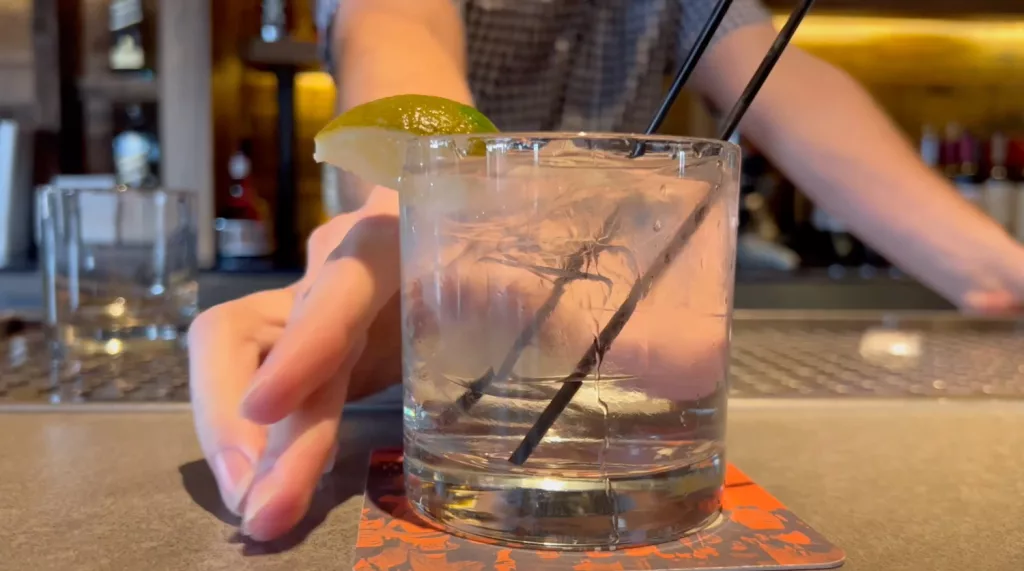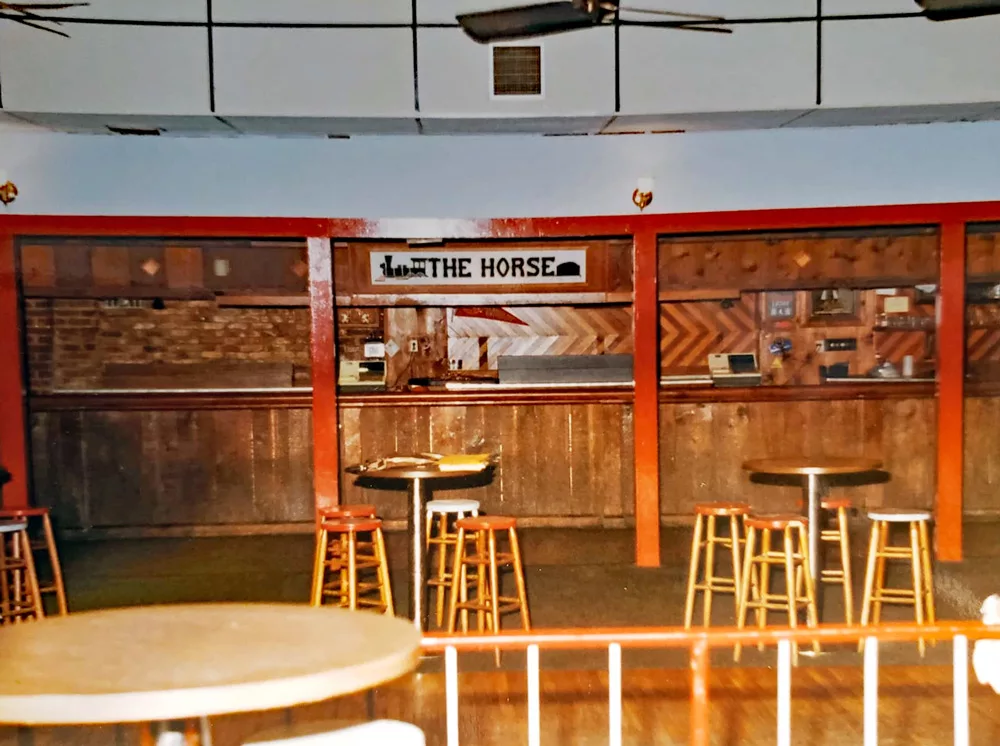Club Scene

Victoria Davis- Abad Staff Whether it is disco balls shining down on the dance floor or colored lights strobing across the floor. There are people having fun with their friends or making new ones with strangers. While the club scene has changed over the years in the Bayou Region, it has remained a place of […]
Dancing

Quincy Evans Staff While dancing is popular with all ages, the dance scene has actually begun to dwindle due to changes in club atmospheres. More specifically, to some people, going out to bars and clubs doesn’t have the same appeal to them as it did in their youth. “See, back then, the dance scene was […]
Drinks by the Decade

Delaney Ligori Staff
Bars in the Bayou Region

Dominic Lasseigne Staff The bar scene was a centerpiece in the lives of Southeast Louisiana’s youth during the end of the 20th century. Every weekend, the young adults of Lafourche, Terrebonne and Assumption Parish would show up to their favorite bars and clubs for long nights of music, dancing, and drinking. The South Lafourche region […]
The Safari Club

Jace Paul Fanguy Staff
Lights Fantastic

Jace Paul Fanguy Staff In 1978, South Lafourche High School students were still mourning the loss of one of the greatest clubs on the bayou, the Safari. But then The Lights Fantastic opened its doors, becoming the new hot spot for high schoolers to show off their dance moves. The club, located between Larose and […]
Rainbow Inn

Jordyn Voisin features editor Nestled in the heart of Pierre Part off U.S Highway 70, is an old, abandoned building wasting away from the effects of time. Since its opening in the 1930s, the building has been a thriving bar, restaurant and dance hall known as the Rainbow Inn. Eve Justilian who moved to Pierre […]
The Greenhouse

Alayna Yarwood Staff The small town of Cut Off, Louisiana, was home to a busy club called The Greenhouse — a hub for young adults from Cut Off, Larose and surrounding communities. From 1982 to 2012, young adults would frequent The Greenhouse from Wednesday through Saturday nights to drink, dance, and hang with friends. “The […]
